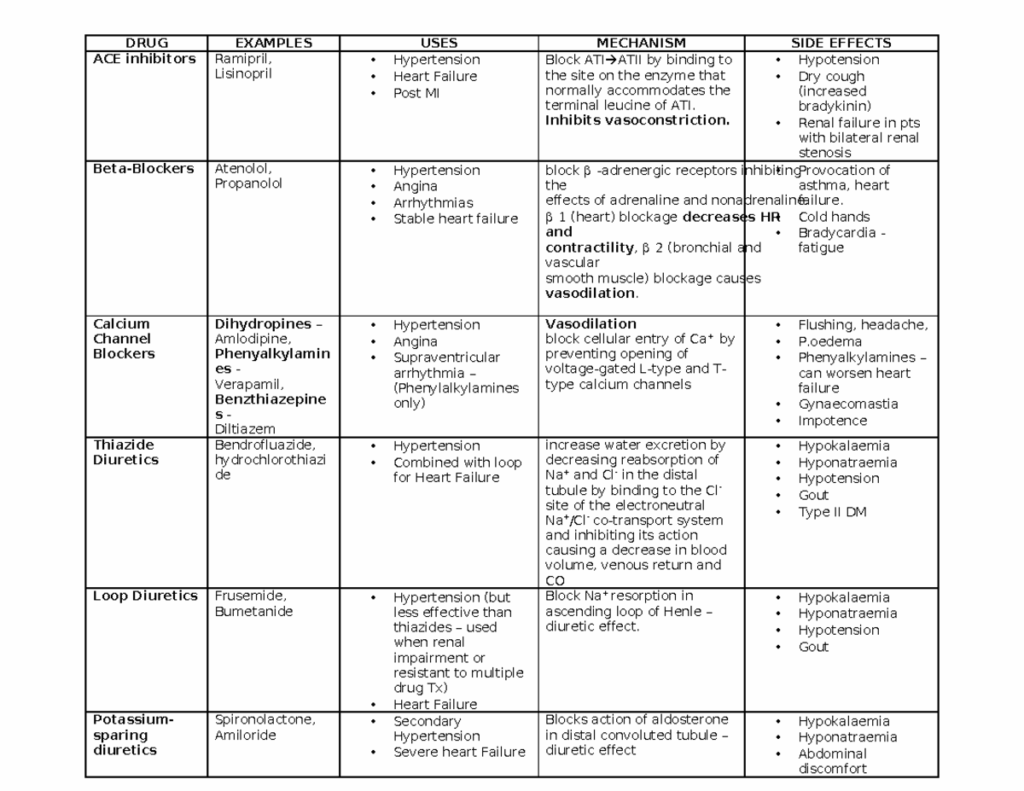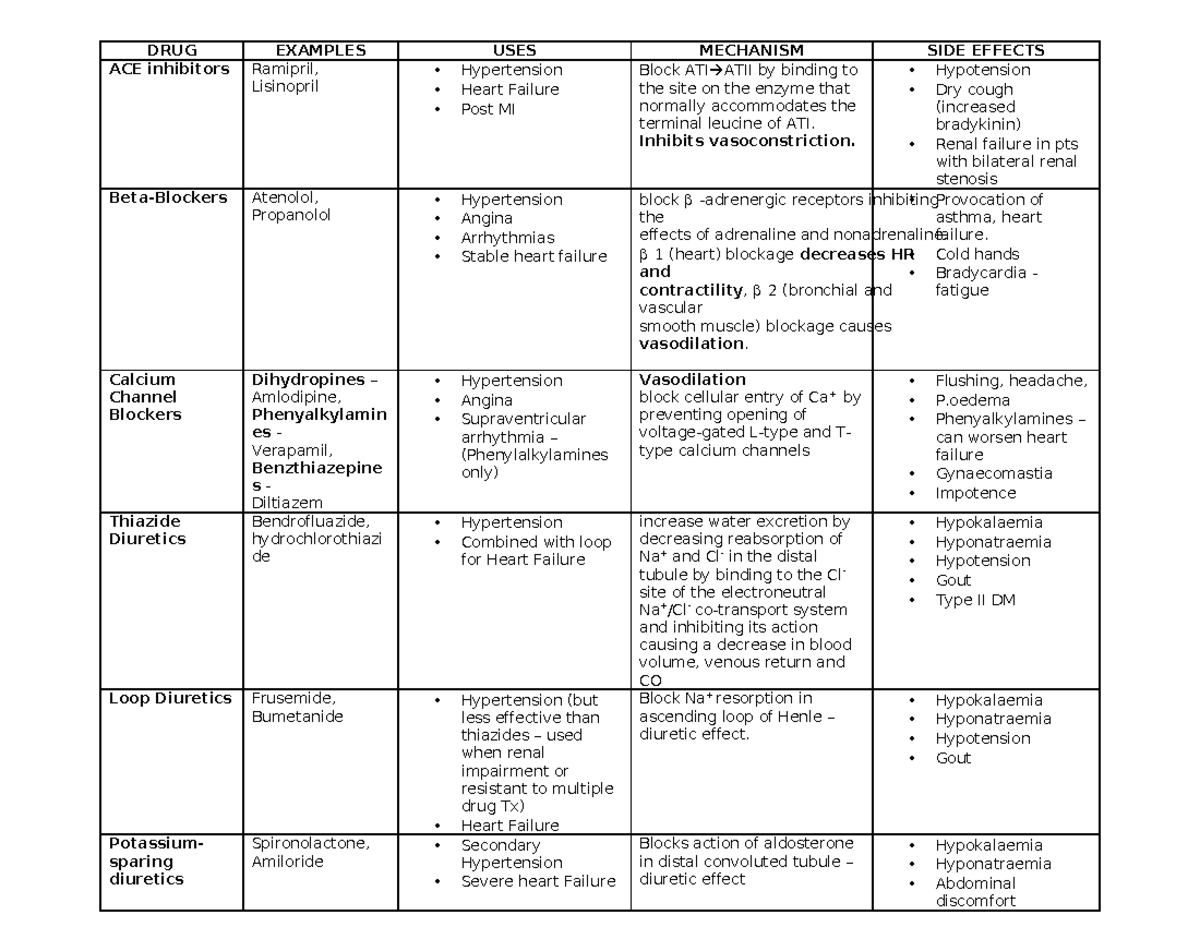
Mastering ACES Fresenius Charting: A Comprehensive Guide for Healthcare Professionals
In the demanding world of healthcare, accurate and efficient documentation is paramount. ACES Fresenius charting represents a critical component of patient care, particularly in dialysis settings. This comprehensive guide aims to equip healthcare professionals with the knowledge and skills necessary to effectively utilize ACES Fresenius charting, ensuring optimal patient outcomes and streamlined workflows. As a professional, you understand the importance of clear and concise record-keeping and this guide will help you navigate the intricacies of ACES.
Understanding the Fundamentals of ACES Fresenius Charting
ACES Fresenius charting refers to the documentation process used within the ACES (Advanced Control Expert System) software, specifically in conjunction with Fresenius dialysis machines. It’s a standardized method for recording vital patient information, treatment parameters, and observations during dialysis sessions. This includes pre-dialysis assessments, intra-dialysis monitoring, and post-dialysis evaluations. This standardized approach ensures consistency across different healthcare providers and facilities.
Key Components of an ACES Fresenius Chart
An ACES Fresenius chart typically includes the following essential elements:
- Patient Demographics: Basic information such as name, date of birth, medical record number, and contact details.
- Pre-Dialysis Assessment: This section documents the patient’s condition before the dialysis session begins. It includes vital signs (blood pressure, heart rate, temperature, respiratory rate), weight, edema assessment, and any relevant symptoms or complaints.
- Dialysis Prescription: Details the specific parameters of the dialysis treatment, including dialyzer type, blood flow rate, dialysate flow rate, treatment time, and target weight.
- Intra-Dialysis Monitoring: This crucial section records observations and interventions during the dialysis session. It includes blood pressure readings at regular intervals, monitoring of access site, documentation of any adverse events (e.g., hypotension, cramping, allergic reactions), and any medications administered.
- Post-Dialysis Evaluation: This section documents the patient’s condition after the dialysis session. It includes vital signs, weight, edema assessment, and any instructions given to the patient.
- Medication Administration Records (MAR): Documents all medications administered during the dialysis session, including the drug name, dose, route, and time of administration.
- Nurse’s Notes: A narrative section where nurses can document any additional observations, interventions, or patient education provided.
Benefits of Accurate ACES Fresenius Charting
Meticulous ACES Fresenius charting offers numerous benefits for both patients and healthcare providers:
- Improved Patient Safety: Accurate documentation helps prevent errors and ensures that patients receive the correct treatment.
- Enhanced Communication: Clear and concise charting facilitates communication between healthcare team members, ensuring continuity of care.
- Legal Protection: Comprehensive documentation provides a legal record of the care provided, protecting healthcare providers from liability.
- Data Analysis and Research: ACES Fresenius charting data can be used for quality improvement initiatives, research studies, and tracking patient outcomes.
- Compliance with Regulations: Proper charting ensures compliance with regulatory requirements and accreditation standards.
Best Practices for ACES Fresenius Charting
To ensure the accuracy and effectiveness of ACES Fresenius charting, consider the following best practices:
- Timeliness: Document information as soon as possible after it occurs. Don’t rely on memory.
- Accuracy: Double-check all entries for accuracy, especially vital signs and medication dosages.
- Objectivity: Document facts and observations, not opinions or judgments.
- Completeness: Ensure that all required fields are completed.
- Clarity: Use clear and concise language. Avoid jargon and abbreviations that may not be understood by all readers.
- Legibility: Write legibly or use electronic charting systems.
- Corrections: Make corrections properly by drawing a single line through the error, writing “error,” and initialing and dating the correction. Do not use correction fluid or erase the error.
- Training: Ensure that all staff members are properly trained on ACES Fresenius charting procedures.
Common Challenges in ACES Fresenius Charting and How to Overcome Them
Even with the best intentions, healthcare professionals may encounter challenges when using ACES Fresenius charting. Here are some common issues and strategies for addressing them:
- Time Constraints: Dialysis units can be busy and demanding environments. Prioritize charting and allocate sufficient time for documentation. Consider using time-saving techniques such as templates and shortcuts.
- Lack of Training: Inadequate training can lead to errors and omissions. Provide ongoing training and support to staff members.
- Technical Issues: Electronic charting systems can sometimes experience technical problems. Have a backup plan in place for documenting information manually if the system is unavailable.
- Fatigue: Long shifts and demanding workloads can lead to fatigue, which can impair accuracy and attention to detail. Take breaks and practice self-care to prevent fatigue.
- Communication Barriers: Miscommunication between healthcare team members can lead to errors in charting. Use clear and concise communication techniques to ensure that everyone is on the same page.
The Future of ACES Fresenius Charting
The field of healthcare is constantly evolving, and ACES Fresenius charting is no exception. Advancements in technology and data analytics are likely to shape the future of dialysis documentation. We can anticipate greater integration with electronic health records (EHRs), improved data analysis capabilities, and the use of artificial intelligence (AI) to identify trends and predict potential problems. These advancements will further enhance patient safety, improve efficiency, and streamline workflows.
Specific Examples of ACES Fresenius Charting in Practice
Let’s consider a practical example. Imagine a patient, John Doe, undergoing a hemodialysis session. The nurse, using ACES Fresenius charting, meticulously records John’s pre-dialysis blood pressure, weight, and any complaints of fatigue. During the session, the nurse monitors John’s blood pressure every 30 minutes, documenting any fluctuations. If John experiences hypotension, the nurse documents the intervention taken, such as administering saline. Post-dialysis, the nurse records John’s weight, blood pressure, and any instructions given regarding fluid intake. This detailed and accurate charting ensures that John’s dialysis treatment is safe and effective.
Another example could involve medication administration. If John requires heparin during the dialysis session, the nurse meticulously documents the dose, route, and time of administration in the MAR section of the ACES Fresenius chart. This ensures that there is a clear record of all medications administered during the treatment.
The Importance of Continuous Improvement in ACES Fresenius Charting
ACES Fresenius charting is not a static process. Healthcare facilities should continuously strive to improve their charting practices. This can be achieved through regular audits of charts, feedback from staff members, and participation in quality improvement initiatives. By identifying areas for improvement and implementing changes, facilities can ensure that their charting practices are up-to-date and effective. [See also: Implementing Best Practices in Dialysis Care]
Conclusion
Mastering ACES Fresenius charting is essential for healthcare professionals involved in dialysis care. By understanding the fundamentals, following best practices, and addressing common challenges, you can ensure accurate and efficient documentation, ultimately leading to improved patient outcomes and a safer healthcare environment. Embracing technology and continuous improvement will further enhance the effectiveness of ACES Fresenius charting in the years to come. Remember, your meticulous attention to detail in ACES Fresenius charting directly impacts the quality of care provided to your patients. The ability to navigate ACES Fresenius charting is a crucial skill for any healthcare professional in the dialysis field.

